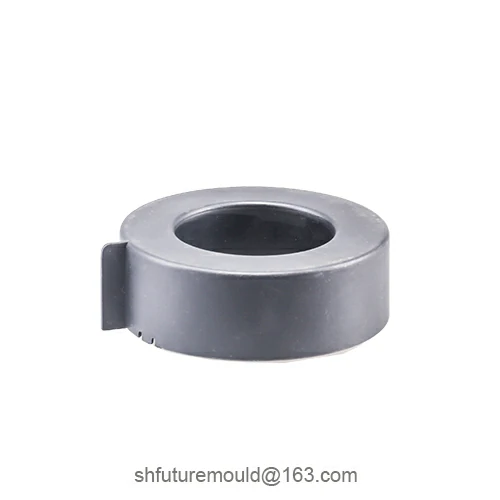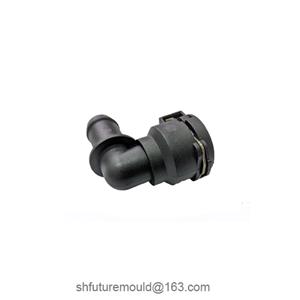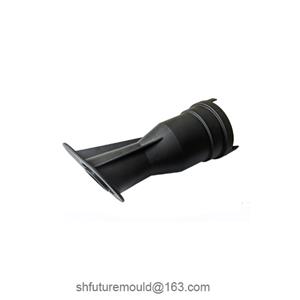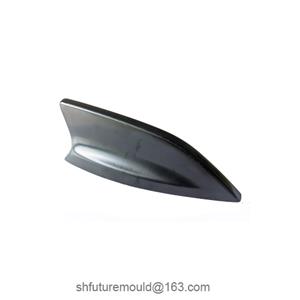Silicone Mold
Silicone mold forming is a common molding process widely used in fields such as handicrafts, industrial parts, food molds, medical models, and more. Silicone molds are characterized by high elasticity, high temperature resistance, corrosion resistance, and high replication accuracy.
1. Types of Silicone Mold Forming
Silicone mold forming can be divided into the following types:
Liquid Silicone Rubber (LSR) Molding:
Working principle: Liquid silicone rubber is injected into the mold cavity through an injection molding machine, heated, and cured to form the product.
Features: High precision, high output, and easy automation. It is suitable for producing complex shapes with high precision requirements, such as O-rings, seals, etc.
Applications: Medical, electronics, automotive industries, and other fields that demand high precision and reliability for silicone products.
Compression Silicone Mold Forming:
Working principle: Silicone material is compressed into the mold cavity under high temperature and pressure, followed by vulcanization and curing under hydraulic pressure.
Features: High production efficiency, low cost, and suitable for producing large volumes of relatively simple-shaped silicone products, such as silicone buttons, silicone wristbands, etc.
2. Process Flow of Silicone Mold Forming
The process flow for silicone mold forming typically includes the following steps:
Designing the mold: Based on the product shape and size, create the structure of the silicone mold, including the parting line, draft angles, and the mold’s strength and stability.
Preparing the original model: Create the product prototype, typically using materials such as wood, plastic, metal, or 3D printing.
Making the mold frame: According to the mold design dimensions, create a mold frame to hold the silicone mold.
Preparing mold materials: Select the appropriate silicone material.
Mixing the silicone: Mix the silicone and curing agent in the correct proportions, ensuring the mixture is uniform and avoiding air bubbles.
Vacuum treatment: Place the mixed silicone in a vacuum machine to remove air bubbles and ensure the mold’s quality.
Pouring into the mold frame: Pour the vacuumed silicone into the mold frame to cover the original model.
Curing: Allow the mold to cure at room temperature or in a heated device. The curing time depends on the type of silicone and ambient temperature.
Demolding: After the silicone has cured, remove the mold frame and extract the original model to obtain the complete silicone mold.
Trimming the mold: Check for defects in the silicone mold and trim as necessary to ensure the mold meets the required specifications.
- Injection Mold
- Automotive Injection Mold
- Electronics & Electrical Injection Mold
- Consumer Goods Injection Mold
- Airplane Components Injection Mold
- Medical Components Injection Mold
- Irrigation Components Injection Mold
- Injection Molds




